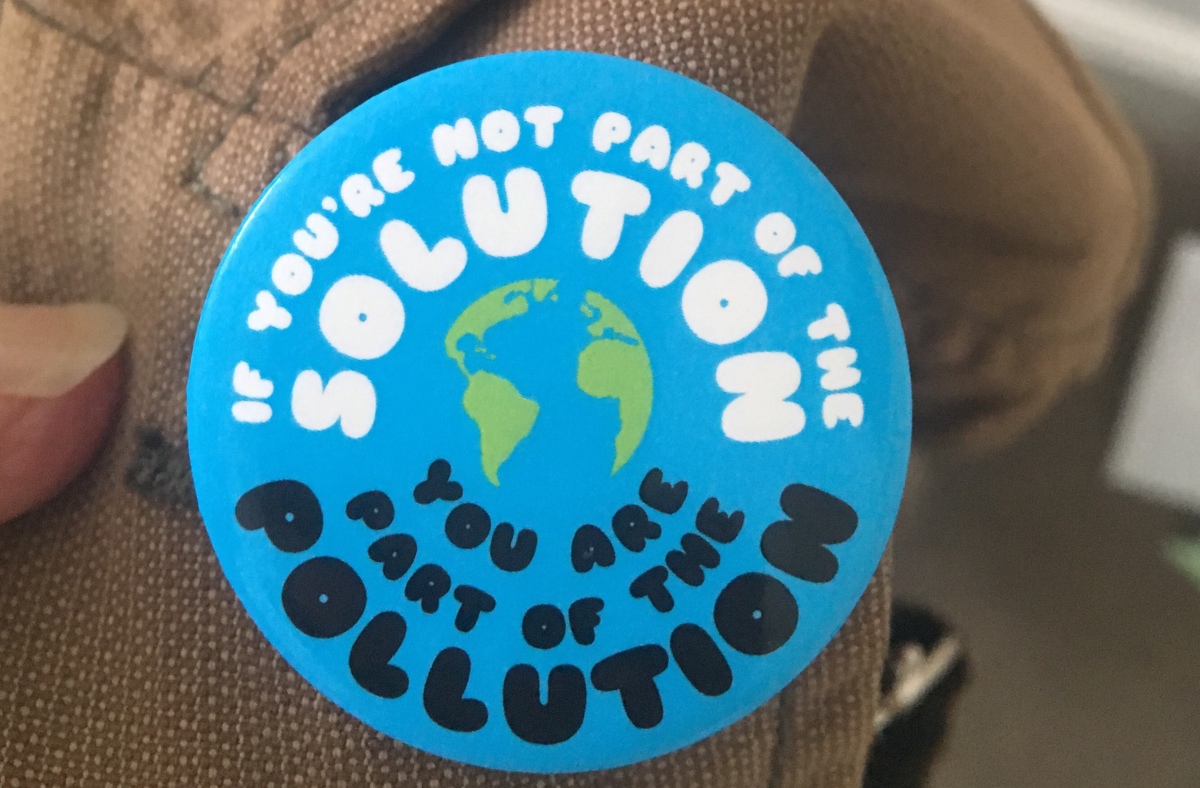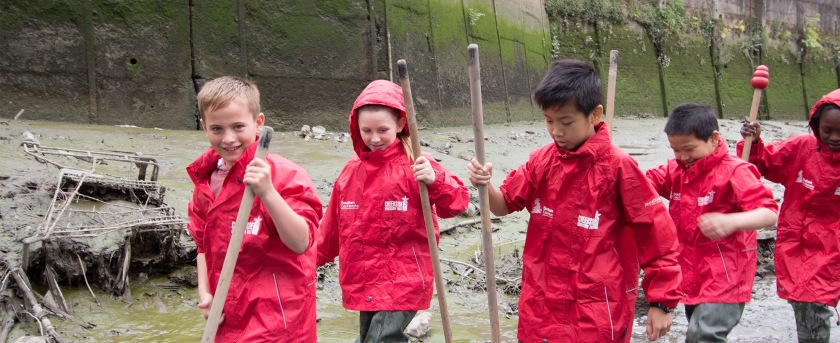It was 30 years ago today
That I submitted my Masters Thesis on Green Paths to the Information Society 2021. It was rejected. I was told that I could not write a thesis on how to make the future better I could only document what had been done in the past. This is why Universities and the education system cannot solve the environmental crisis that we now face in the Anthropocene. So I dutifully paid fees for one extra year and rewrote it. Or rather I wrote a second, completely different, thesis entitled Is there a Green IT strategy? That was good enough for a University but there was no way that it might SAVE PLANET A.

Nonetheless I was teaching green as Damian Randle calls it. In my Information, Technology and Society course at Lewisham College I taught the History of Technology from 1,000,000 years BC and about technology and social change from about 10,000 years BC (the city of Jericho). Not forgetting the transition into agriculture and settlements; that we still haven’t recovered from 25,000 years later. There are several definitions of technology, which I shared on the course, before evolving my own namely “technology is order imposed on nature.” Put another way our most environmentally damaging “technology” is how we think about nature. We need to put context (back) into knowledge, but that’s another story…
All my students had to include an assignment on the Environmental Impact of Technology reviewing how the specific technology that they had chosen, in order to analyse its social impact, also impacted on the environment. I always showed them Koyaanisqatsi to prompt discussion on our environmental impact; here’s part 1.
I learnt two things from all the good work by my students at Lewisham College. Firstly the best tool for quickly analysing our environmental impact is Product Lifecycle Analysis which looks at both where the resources from which we make any product are sourced and how they are disposed of (perhaps recycled) after use. Businesses ignore both of these key factors (why is it not a legal requirement?) in the environmental damage that we create every time we buy something. Secondly the industrial production process in itself uses vast amounts of both water and energy. Environmentally it’s way better NOT to make something that to make anything; hence reduce, reuse, recycle… As a simple rule to reduce your impact then reduce your energy use…
So I did Green My Teaching! How? Well firstly you can work on “brokering learning” between what your learners wish to learn and what the education system allows them to study. More guidance on how to broker learning here. Teachers also need to do the hard yards of working on curriculum change and writing the new units of green education that we need in order to transform learning so that it becomes fit for context. This is also true of any curriculum change involving contemporary issues concerning digital, community, politics and work, let alone environmental issues, such as climate change and the Anthropocene. If we teachers are to help learners by greening learning then we need to be capable of revising the curricula of formal education and creating a more dynamic and responsive learning offer which, unlike the planet, has been frozen since 1986 in the U.K. Or perhaps, as Bridget McKenzie puts it, we need to treat our home as The Learning Planet and incorporate it into everything that we learn about (agreed Bridget!) Look at her ideas on what we should STOP & START doing right now.
Self-determined learning is already green if you want it to be which is what we have been working on with the creativity of Heutagogy, with trusting the learner in WikiQuals and with the inclusivity of David Holloway’s Learning without Barriers project – we just need to #changetheframe of learning

Come along to New Cross Learning if you want to discuss how I can green my learning. Thursday 4th July 10.30am
If you are a teacher lets discuss how you can take responsibility for Teaching Green. Let’s change the National Curriculum. If you are a learner or student whether at school, college, even at our incredibly environmentally damaging Universities, come along and learn how you can green my learning. If you are an administrator, manager or even a policy wonk, come along and learn how you can green your institution with a green business strategy and a green digital strategy. After all that is in the Masters thesis that I was allowed to write. Incidentally my resubmitted thesis was also rejected initially as I had printed it on recycled paper. Recycled paper was not regarded by City University as being of good enough quality for one of their theses to be printed (in triplicate) on…
But I did help create the Creekside Environmental Education Centre in Deptford. If you do want to learn about green urban ecology take a low tide walk and learn about your green Lewisham in London in 2019; Sunday 21st July 2019
Next; Green My Library & Green My Reading…



3 thoughts on “Green My Learning”